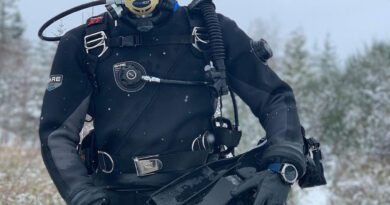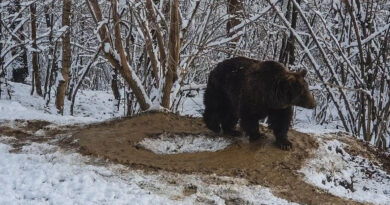Humpback Whale Numbers Growing In Alaska National Park
This is the incredible moment a humpback whale whose populations is actually growing in a protected national park in Alaska surfaces, much to the delight of National Parks Service staff.
The footage, which shows a massive humpback whale (Megaptera novaeangliae) breaching the water’s surface, was shared by the Glacier Bay National Park and Preserve, which is located west of Juneau, in south-eastern Alaska, in the United States, on 21st May.
The National Park posted the footage on Facebook and said: “Humpback whale populations are optimistically improving in Glacier Bay- further conservation and monitoring is critical to keep these populations thriving.”
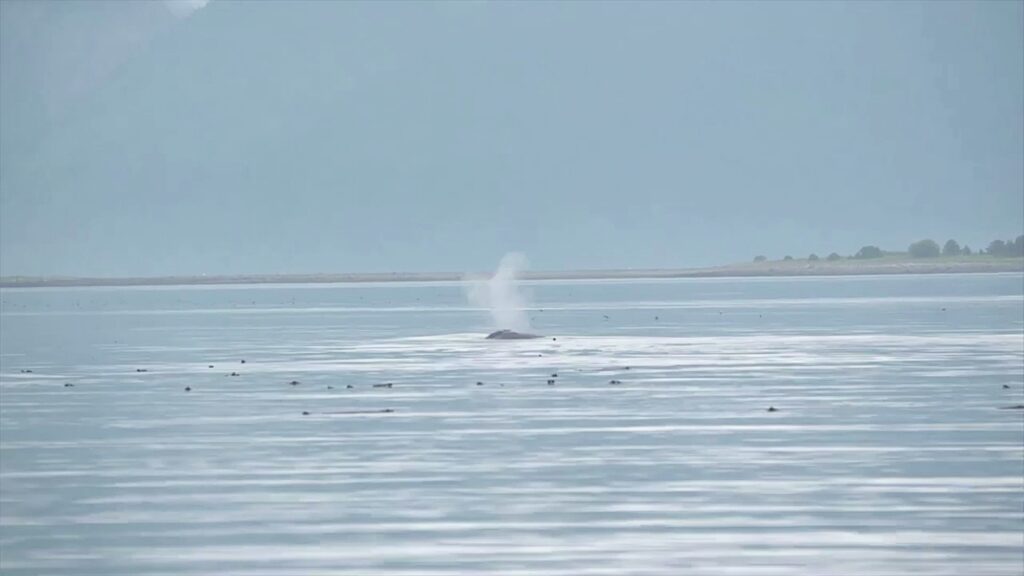
These animals are known as “the giants” of the park, growing to 40-50 feet (12-16 metres) long and weighing 40 tonnes (36,000 kilograms). Glacier Bay is a sanctuary for Humpback Whales.
Glacier Bay National Park covers over 3.3 million acres of space, including mountains, glaciers, and fjords. It is part of a larger, 25-million-acre World Heritage Site, “one of the world’s largest international protected areas”, according to the United States’ National Park Service (NPS).
Still, according to the NPS, the whales “can benefit from some of the strongest protections found anywhere on our planet. Once in rapid decline, the number of whales spotted in Glacier Bay is growing every year. What’s more, scientists have been studying Humpback Whales in Glacier Bay for decades.
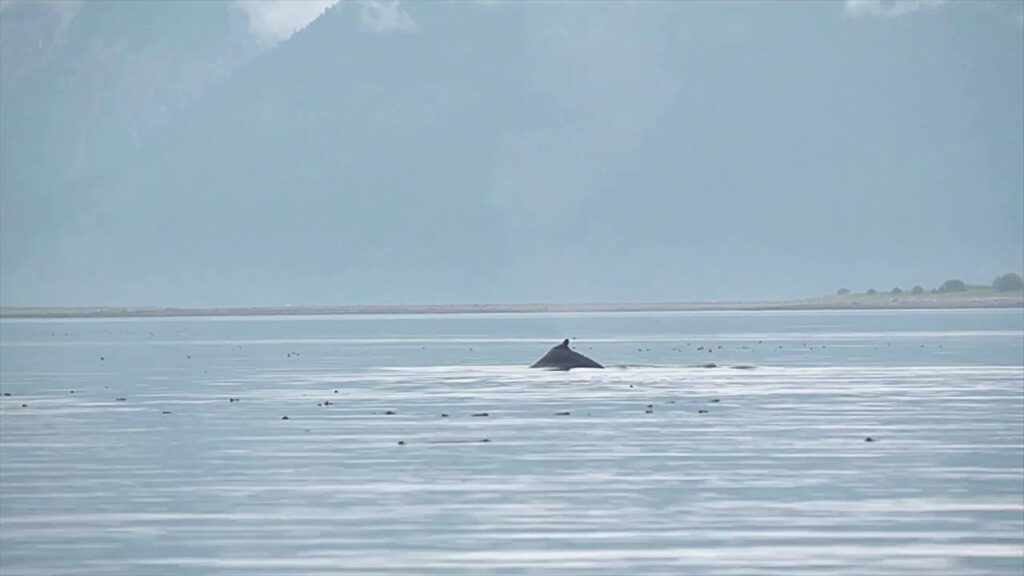
Thanks to this research, we continue to learn more about the fascinating life of this magnificent, endangered animal.”
This once highly threatened species was listed as endangered on the International Union for Conservation of Nature’s Red List of Threatened Species in 1986 but world-wide conservation efforts have reduced the threat and in 2008 it was upgraded to a lesser state of danger.
Even so, the International Whaling Commission, an International Convention for the Regulation of Whaling, considers shipping, fishing, climate change, pollution and drilling for oil and gas as continuing threats to its survival.
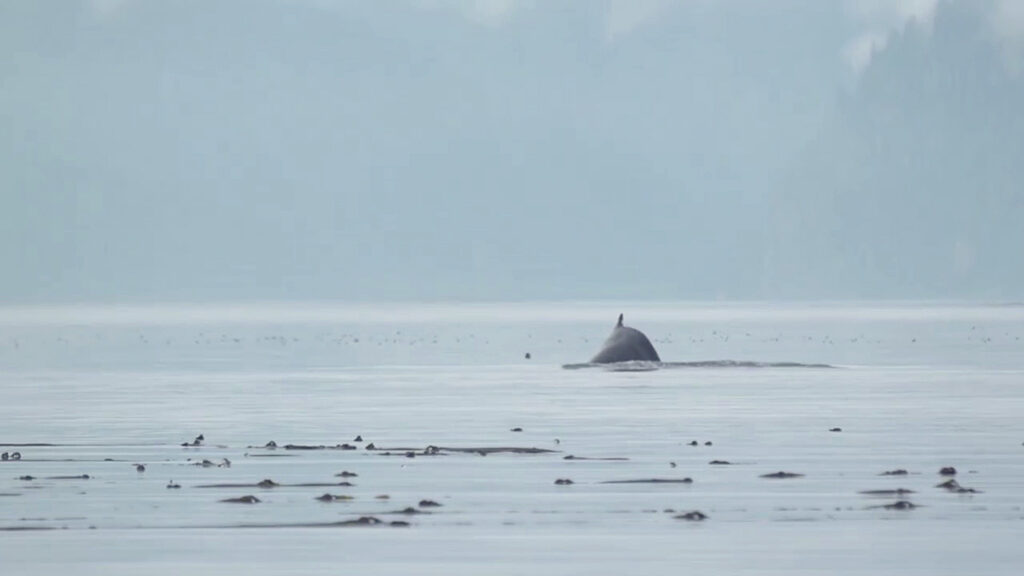
Humpback whales are found in every ocean and frequent many shores so their impressive displays of breaching and tail-slapping have spawned many tourism opportunities, adding valuable public relations to conservation efforts.
Glacier Bay is an important sanctuary for these creatures. They arrive in search of food and spend their summers in safety while feasting on the bay’s plentiful supply of small schooling fish.
One gulp from these leviathans can trap more than 5,600 litres (15,000 US gallons) of water from which they filter their food.
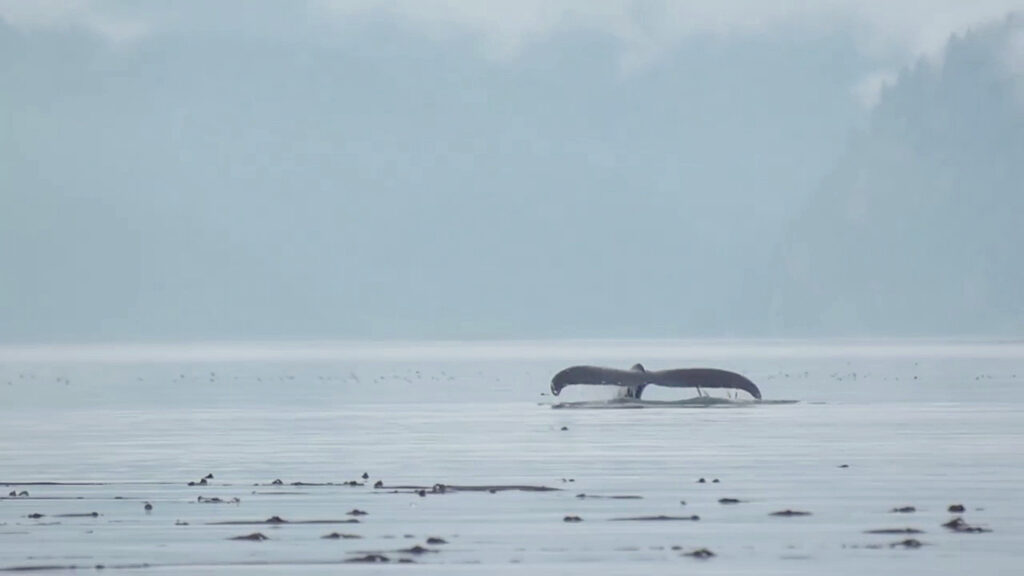
A single whale can consume almost 450 kilograms (0.5 tons) of food each day if the conditions are right.

